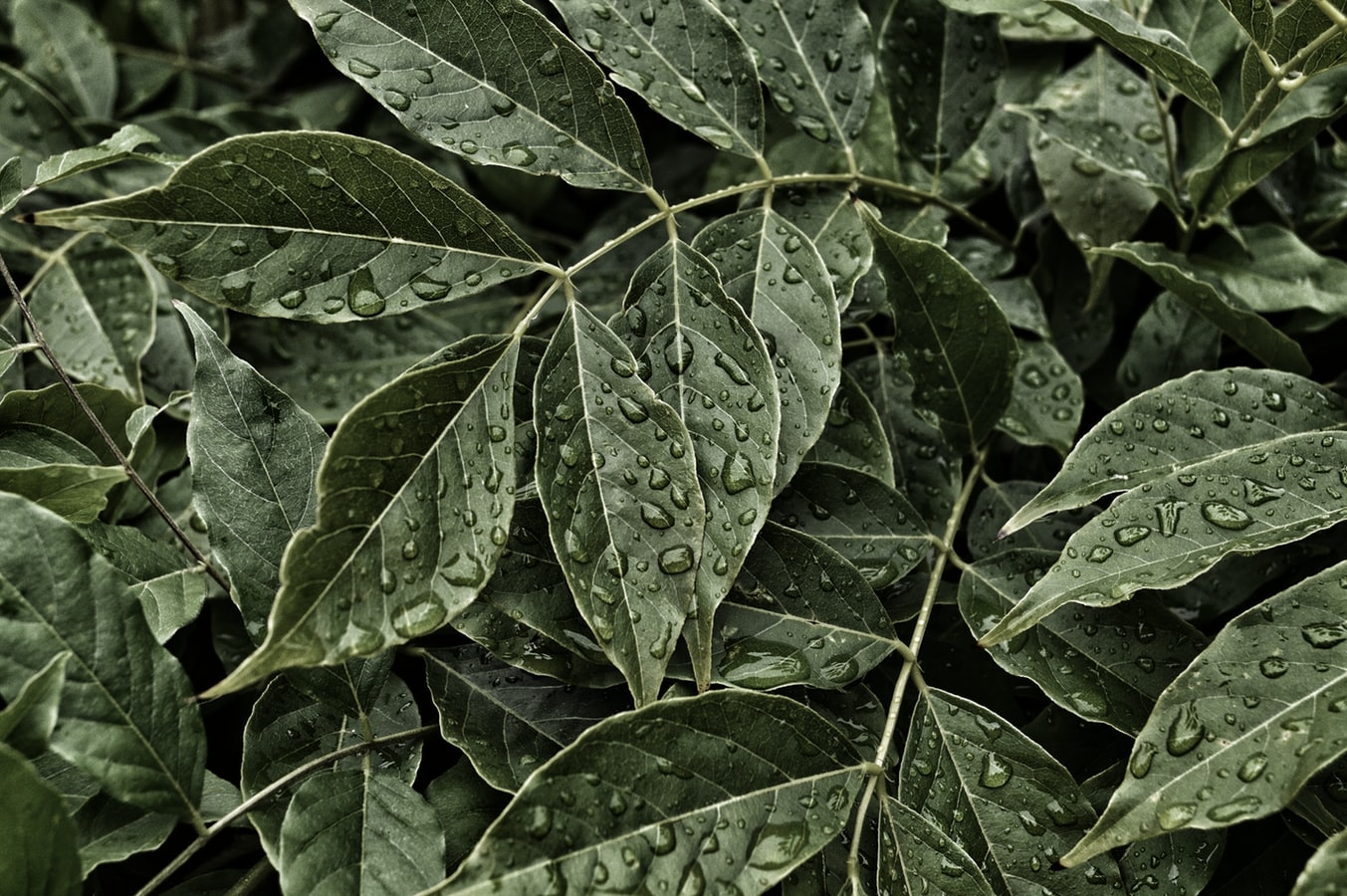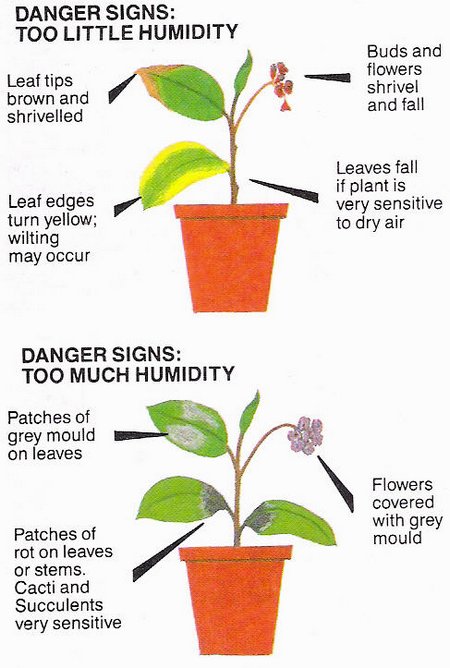Humidity is a measure of the amount of moisture in the air. It tells you how comfortable it is to be outside, and if there is enough moisture to create clouds and rain.
Why do I care? Humidity has a large impact on human and animal health and the health of crops. It affects the ability of both plants and animals to cool themselves through evaporation. It is also important to precipitation formation.
Humidity tells you the moisture content of the atmosphere, or how much water vapor there is in the air. When the humidity is high it feels oppressive outside because sweat doesn't evaporate and provide cooling. When the humidity is low, you feel cooler but your skin dries out and you get dehydrated more easily because more moisture is being evaporated from your body. The same thing applies to crops in high and low humidity. A high water vapor content is necessary to produce clouds and precipitation. Relative humidity and dew point are the two main ways to describe humidity.

Figure A
Relative Humidity
Relative humidity is given as a percentage and tells you how close the air is to being saturated. If the relative humidity is 100%, the air is saturated. If the relative humidity is 50%, the air contains half the water vapor required for it to be saturated. If the amount of water vapor in the air increases, the relative humidity increases, and vice versa.
However, relative humidity is dependent on air temperature, too. If the water vapor content stays the same and the temperature drops, the relative humidity increases. If the water vapor content stays the same and the temperature rises, the relative humidity decreases. This is because colder air doesn’t require as much moisture to become saturated as warmer air.
If you pay attention to the weather in the summer, you’ll notice that the relative humidity is actually higher in the morning than in the afternoon. This is because the cooler morning air is closer to saturation than the hot afternoon air, even with the same amount of water vapor. Surprisingly, there is no significant difference in daily average relative humidity between summer and winter. Since warm air is less dense than cold air, there is more room for water vapor in warm summer air as compared with cold winter air.

Figure B. Humidity is much lower in a desert landscape than the Southeast US.
Dew Point
Dew point is a better indicator of humidity than relative humidity because it is not a percentage dependent on temperature. The dew point is the temperature to which the air would have to be cooled to become saturated. Below the dew point, water will condense out of the air onto surfaces. In the early morning, grass surfaces will be coated with water if the nighttime temperature has dropped below the dew point. When humidity is high, the dew point temperature is only a few degrees below, or equal to, air temperature. In dry places, like deserts of the southwest, air temperature can be 50 or 60 degrees above the dew point. Generally, dew point is a more reliable indicator of humidity than relative humidity because dew point is not affected by a change in air temperature and doesn’t fluctuate much throughout the day.
How does this relate to agriculture?
If you're a person that likes to spend time outdoors, then you know that humidity can have a great effect upon human health. As growers work outside during the hottest part of the day, they need to take extra care to stay hydrated when temperature and humidity are high. People keep cool by perspiring, but it's harder for our bodies to regulate temperature under very humid conditions.

Figure C. Humidity effects on plants (Image from Cool Garden)
If the humidity is high, this moisture doesn’t evaporate from your body very fast. In areas that are very dry, such as Arizona, the humidity is so low that when you sweat, the water evaporates so quickly that you may not even feel it. In this case, you must be careful to stay hydrated because the water loss goes unnoticed.
Humidity can also affect plant turgor pressure, which is an indicator of the amount of water in plant cells. When humidity is low, and dew points are in the 50s and low 60s, moisture evaporates from plants very quickly. When this happens, plants can wilt rapidly if too much water is pulled out of plant cells through transpiration. Conversely, when humidity and temperature are both high, plants can get overheated because transpiration is reduced, thus restricting evaporative cooling.
Humidity also influences plant diseases, especially fungi and molds that grow and spread rapidly when humidity is high. Humidity can also affect the fruit set of some plant species. An example is the bean (Phaseolus spp.), which has been shown to respond negatively to low humidity during fruit set.
Humidity is also an important consideration for post-harvest storage of crops. Cold temperature and low humidity are important for the long-term storage of grains (corn, wheat etc). Conversely, fleshy vegetables and fruits (apples, cucumbers) need to be stored in cold temperatures and high humidity in order to prevent water loss from the fruit that results in shriveling.
No comments:
Post a Comment